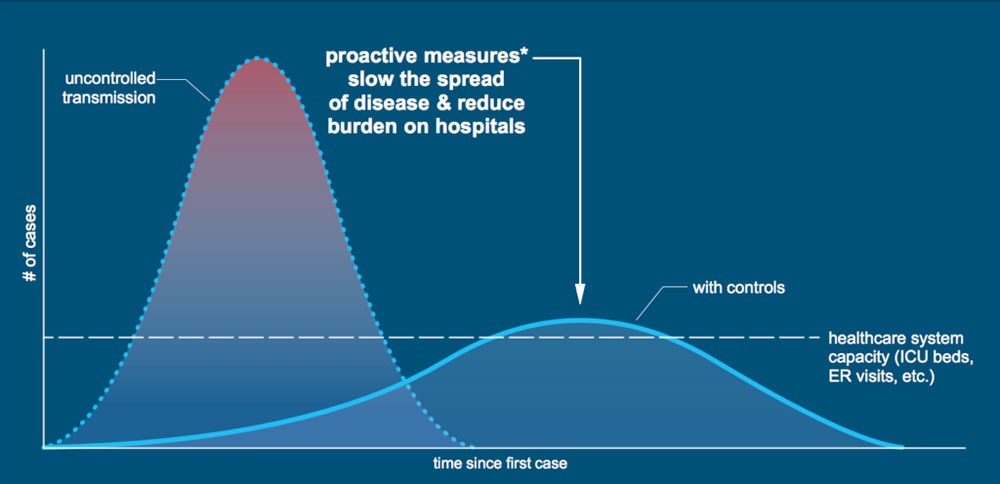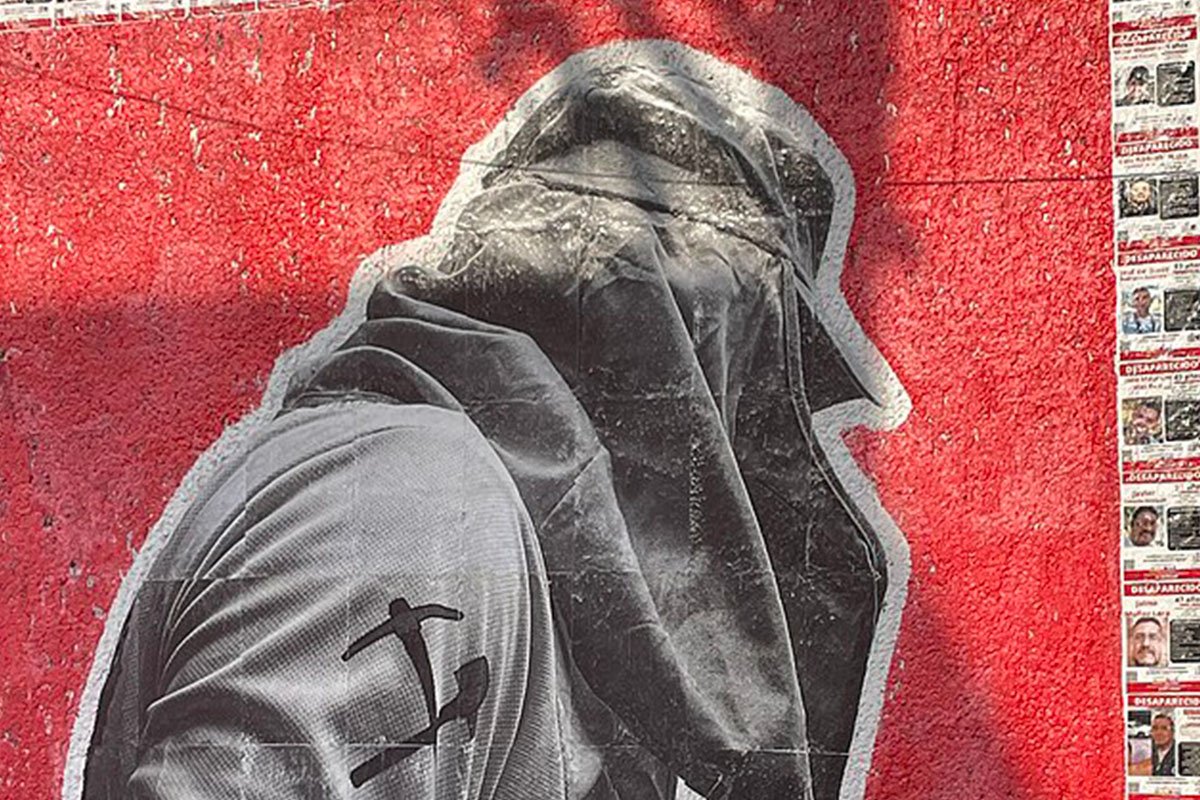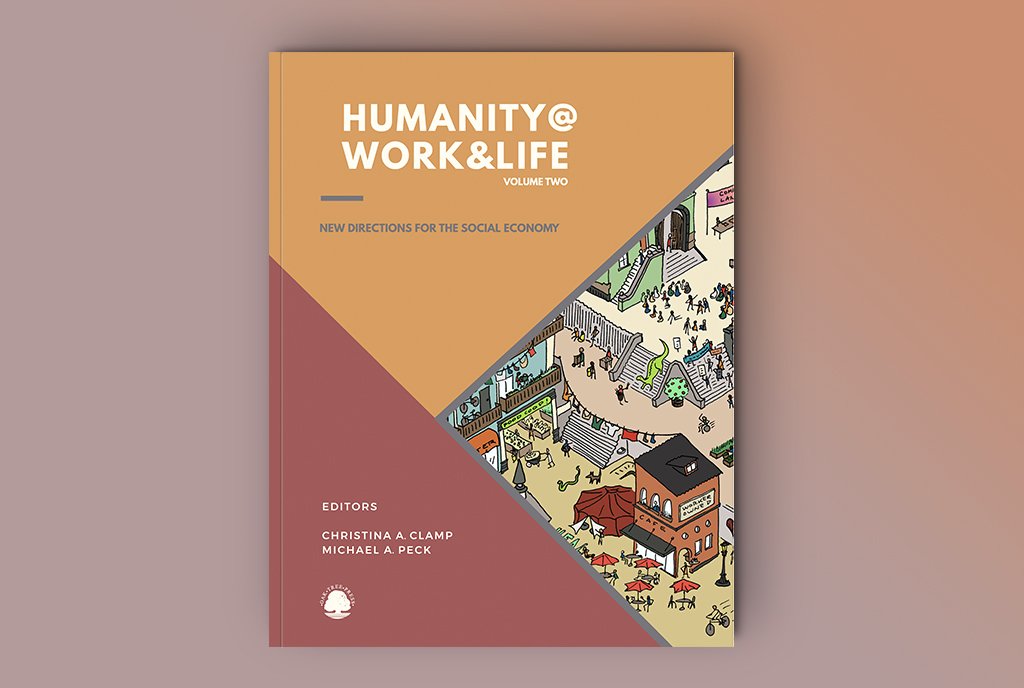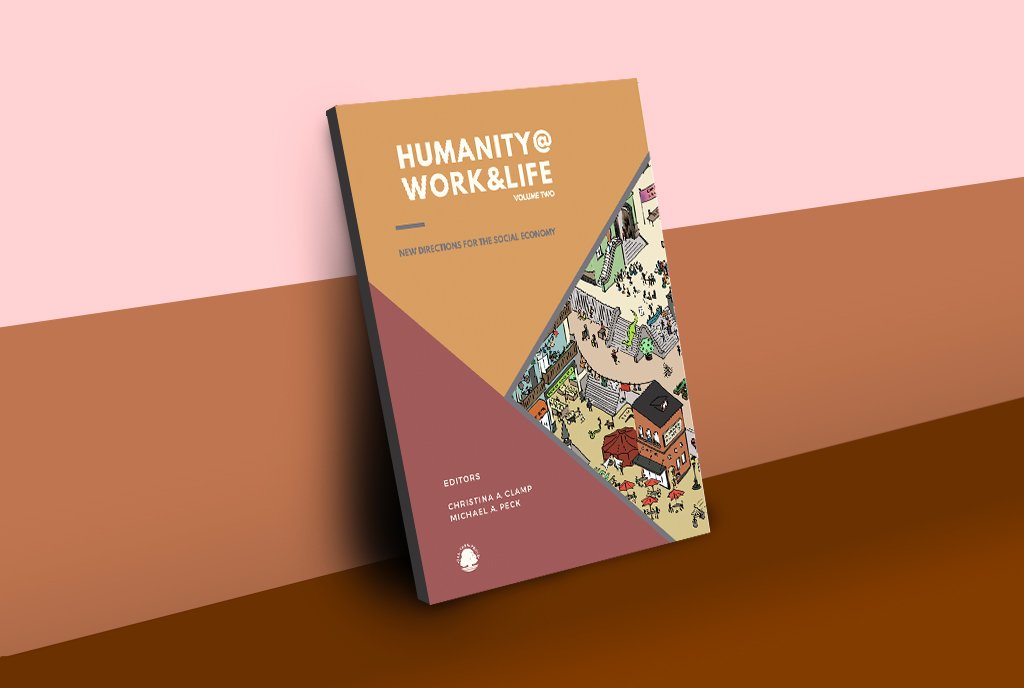

Economy, as the etymologists remind us, means “management of home.” How we keep our home is, at its core, a question about our fundamental values. In other words, values have been central to the economic enterprise for millennia. And yet, when we discuss the economy in our society, we tend to see only the dollar signs. All too often, we ignore the human beings who live behind those dollar signs.
It is hard to believe, but only a month ago, the Dow Jones index exceeded 29,000, and even 36,000—a number blithely thrown out 20 years ago in a book that is widely derided as one of the worst investing books ever—seemed like it might finally be in reach.
Of course, in the past month, the stock market, instead of rising another 7,000 points, has fallen by more than 8,000 points. In addition to creating a world health crisis, a nontrivial side effect of the coronavirus has been what will most surely be a global economic recession, if not an outright depression. It could hardly be otherwise. Our home, simply put, is not well.
The pandemic is the most immediate threat, but it is not the only one. And the question remains: will the coronavirus pandemic of 2020 come to be seen as a momentary interruption, or will it compel us to rethink how we organize our society and economy?
And, by the way, for all of our sakes, let’s hope that the coronavirus does prove to be of very limited duration. The silver lining, perhaps, is that a crisis of short duration is not an altogether unreasonable expectation. After all, China, where the pandemic began, now is seeing a decline in new cases months after the pandemic started. While each country will surely differ in the path the pandemic takes, cases in the US could conceivably follow a similar pattern as in China, which would mean, if we are lucky, that we might reach a peak as early as mid-spring and then see declining caseloads.
In any case, what we do know is that after the crisis ends, how society responds remains highly unpredictable. We have heard before the mantra “everything changed.” But such claims, so often, have proven to be overblown. For example, how many times have we been told that “everything changed” after the 9/11 attacks? And yet, if we are honest with ourselves, not so much really did.
Nor did “everything change” after the 1918 influenza pandemic. That pandemic killed tens of millions worldwide and an estimated 675,000 Americans. The political reaction at home: a 1920 landslide victory of Republican Warren Harding on the political slogan of a return to so-called (white) “normalcy” and a retreat into isolation—including notably harsh race-based immigration restrictions and a national revival of the Ku Klux Klan. It was only after the Great Depression and World War II that the role of the public sector and the nonprofit sector inexorably changed, and we began, as a nation, to move in the direction of civil rights and greater racial equality…and very slowly at that, until the 1960s.
So, our expectations that everything will change after the current crisis should be met with equal caution. What we can look at, however, is the short-term economic impact of the coronavirus pandemic, as well as some of the long-term fissures in our social structure that the crisis has revealed to all who care to look.
First, the short-term impacts. These fall in two areas; first, there is the matter of ensuring that people who get sick have coverage. In most countries, this would be a non-issue. Indeed, a recent public radio story noted that 179 countries in the world have paid sick leave. That’s basically everyone but the United States.
There are all sorts of reasons why the US should have sick leave. As Dr. Jody Heymann, founding director of the WORLD Policy Analysis Center (WORLD) and former dean of the University of California, Los Angeles’ Fielding School of Public Health, points out, “The situation in the United States right now is that seven in 10 of our lowest income workers don’t have a single day of paid sick leave. So, the people who need it the most have it the least. Of food service workers, four out of five lack sick leave; three out of four childcare workers lack sick leave. This is a devastating impact on them and their families, but also to everyone they come into contact with.”
With a pandemic, of course, self-isolation is a necessity—and so politicians are scrambling to put a temporary patch on the situation. According to Heather Long of the Washington Post, a bill in Congress with bipartisan support that has passed the House and looks likely to get through the Senate would “grant two weeks of paid sick leave at 100 percent of the person’s normal salary, up to a $511 per day cap. It would also provide up to 12 weeks of paid family and medical leave at 67 percent of the person’s normal pay, up to a $200 per day cap.” Still, as many as seven million Americans (out of 159 million workers) could still be excluded.
Then there is the broader challenge of an economy in free fall. To understand what is at stake merely requires a brief look at federal labor statistics, which the Bureau of Labor Statistics reports on a monthly basis.
Let’s say, for instance, that, because of the pandemic, you shut down three sectors of the economy—schools, retail, and hospitality. Well, it turns out that, as of February 2020, out of 159 million workers (or 155.7 million nonagricultural workers), there are about 16.1 million who work in retail, 14.6 million in education, and 14.3 million in hospitality. Combined, that is 45 million people, or nearly three in ten workers nationwide, just from those three large sectors.
Sign up for our free newsletters
Subscribe to NPQ's newsletters to have our top stories delivered directly to your inbox.
By signing up, you agree to our privacy policy and terms of use, and to receive messages from NPQ and our partners.
And yes, not every one of these 45 million will be without work. But even if “only” half were out of work…well, it really isn’t very hard to see the scale of the problem.
For a little while, perhaps, employers can “float” the millions—or, quite possibly, tens of millions—without work. And let’s hope that they do so. Because the costs of not doing so are horrifying. As Neil Irwin points out in the New York Times, in our economy. “One person’s spending is another person’s income.” In other words, if you don’t float the income, the domino effect could also be enormous.
Still, how long can you float entire sections of the economy?
The initial numbers coming in show that the above calculations are no exaggeration. Already, the Los Angeles Times reports that a national survey of 835 Americans conducted by National Public Radio, PBS NewsHour, and Marist finds that as of last weekend, 18 percent of adults said they had been laid off or seen their work hours cut. For those making less than $50,000 a year, that number increases to 25 percent.
Unlike many other instances of bear markets, it is not hard at all to understand why the markets have tanked. Or why the Federal Reserve has dropped interest rates to zero and will be printing a lot of money (quantitative easing). Or why the Trump administration dropped a proposal for an stimulus plan with no one having a clue as to whether that amount is remotely adequate [hint: probably not] to what is a shutdown of a modern economy that is literally without precedent.
One could debate the stimulus plan and its particulars. For his part, Senate Minority Leader Charles E. Schumer (D-NY) outlined an alternative $750 billion proposal. Schumer stressed that his proposal focuses on four areas: 1) aid to hospitals, 2) aid to workers, 3) aid to small businesses, and 4) a six-month forbearance on federal debt, such as federally guaranteed mortgages and student loans. Schumer also called on the government to mobilize the National Guard to deliver food to people’s homes.
There’s a lot more that could be said about all of this, starting with the fact that both political parties are thinking far too small about the immediate challenge at hand. But, putting the stimulus debate for the moment aside, what comes after the storm?
Thinking about the Longer Run
It was only a month ago when I wrote in NPQ that our nations’ pre-virus economic “boom” was not so grand. Indeed, it was one in which “until a slight recovery last year—had seen three consecutive years of declining life expectancy, to say nothing about the spectacular rise of deaths of despair.”
That article looked at the major challenges facing our national—indeed, global—economy and ways to respond to those challenges. This included the importance for changes in taxation, education, health funding, and other policies that could foster far greater wealth and income equality; the vital importance of building institutions like unions and worker co-ops to meaningfully empower working people and develop a public sphere that can provide strong public services and goods (like public health!); and the imperative to build a sustainable ecologically basis for our global community—a “Green New Deal,” if you will.
There is also, it bears emphasis, an absolute need to make equity a centerpiece of a post-pandemic economic vision. US history is not encouraging in this regard, but the utter necessity of maintaining an inclusive vision at the center of our economy is clear. We need to not just flatten the pandemic curve, but also break the pattern of racist reaction that too often followed pandemics in our nation’s past. “Break the pattern” might become as important a mantra as “flatten the curve,” moving forward.
Not long ago at NPQ, we ran an article by Subin DeVar of the Sustainable Economies Law Center. DeVar talked about the energy of young people behind a vision for social transformation, but even that vision, focused as it was on environmental sustainability, might have been too small.
Can we imagine a post-pandemic economy that reflects a vision that’s rooted in solidarity of each of us for one another and that addresses our climate, our health, and the manifold challenges of our time? Can we envision an economy that centers on belonging, as john a. powell advocated in NPQ not long ago?
The limits of the individualistic path that we have been following in the US and throughout the West have never been so obvious. But we still must decide whether or not we will choose to see them.











